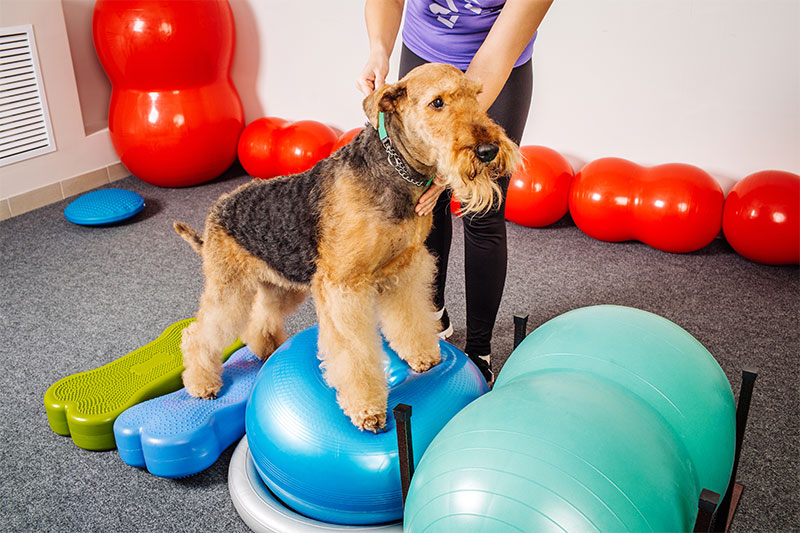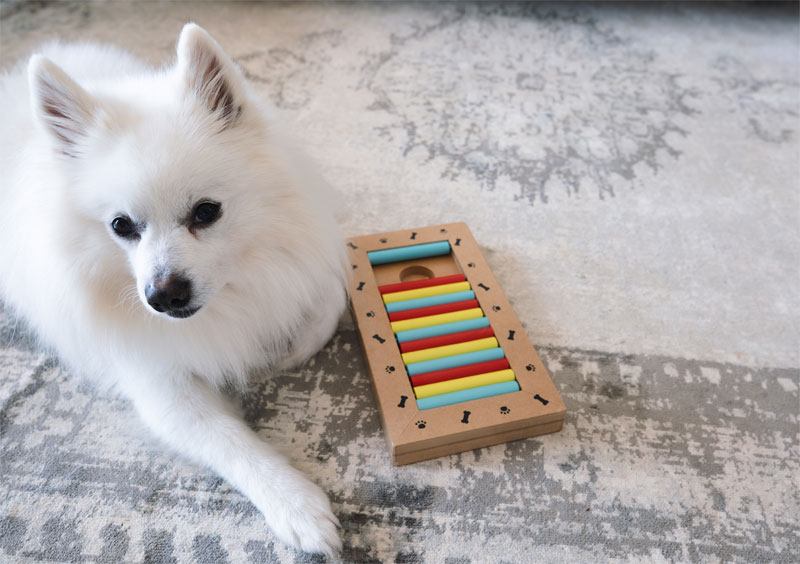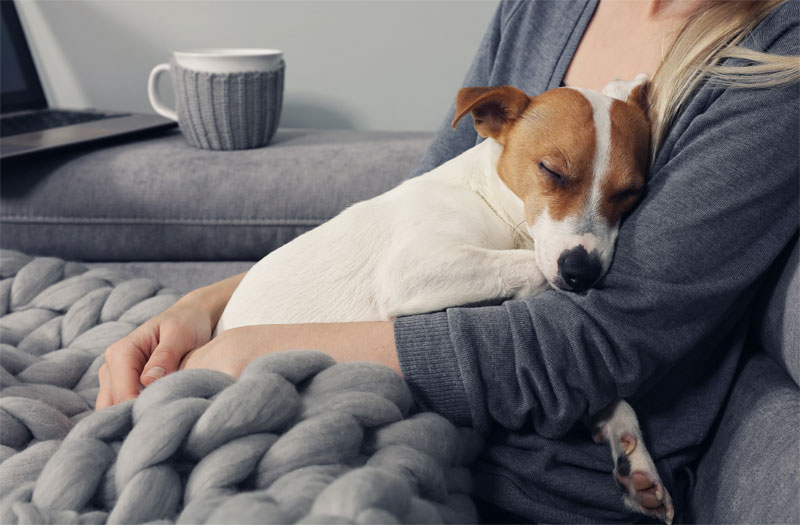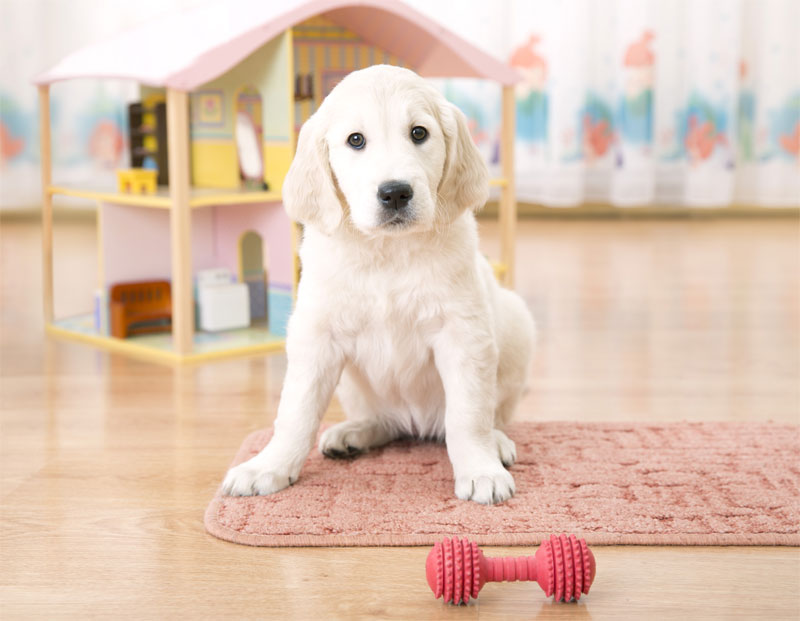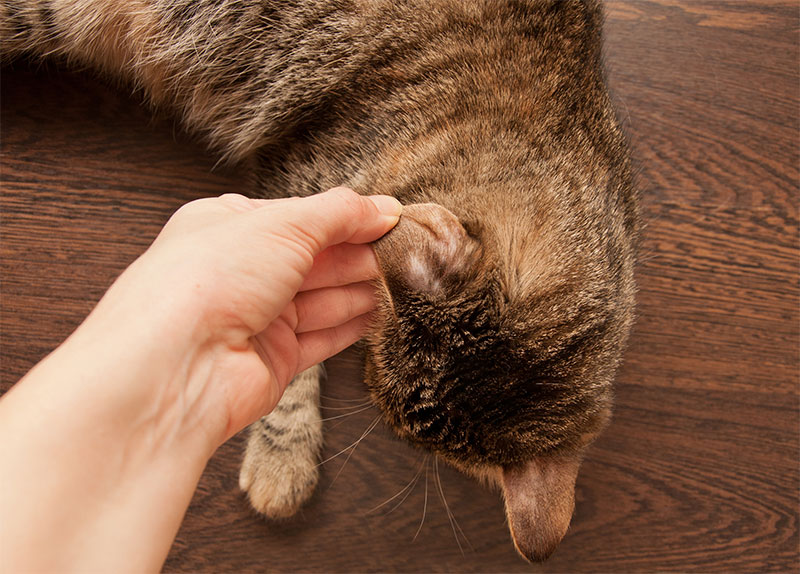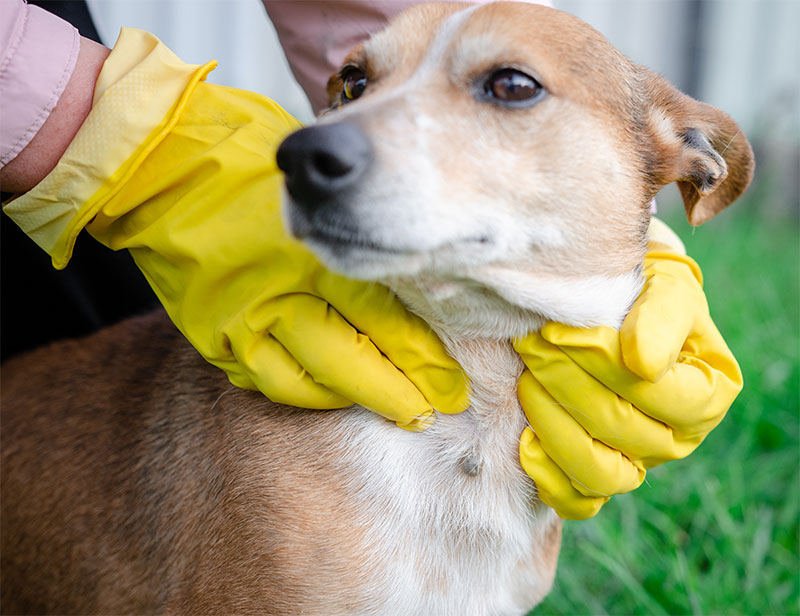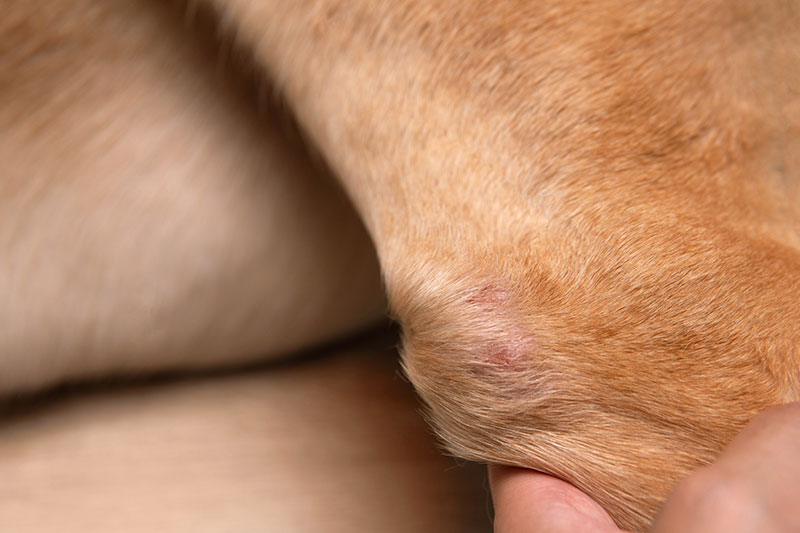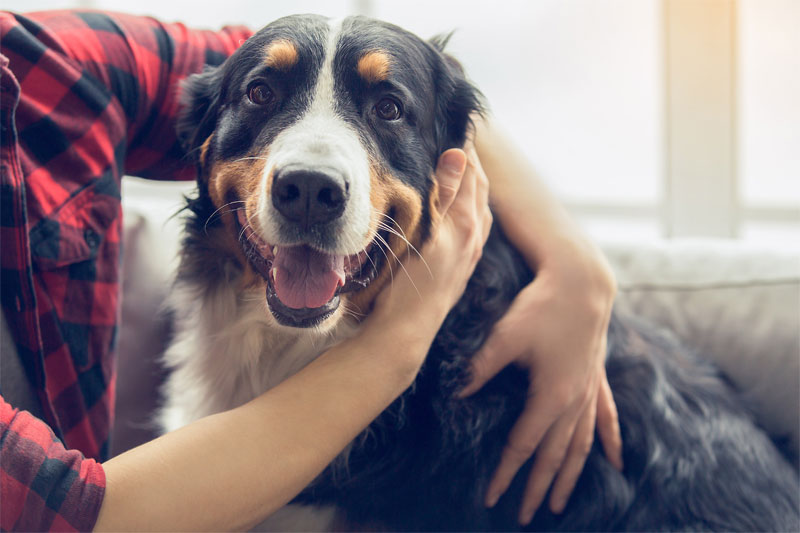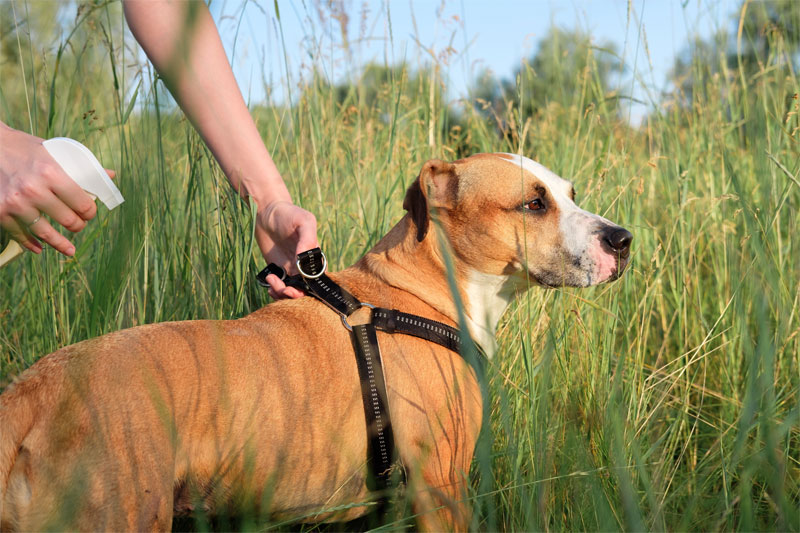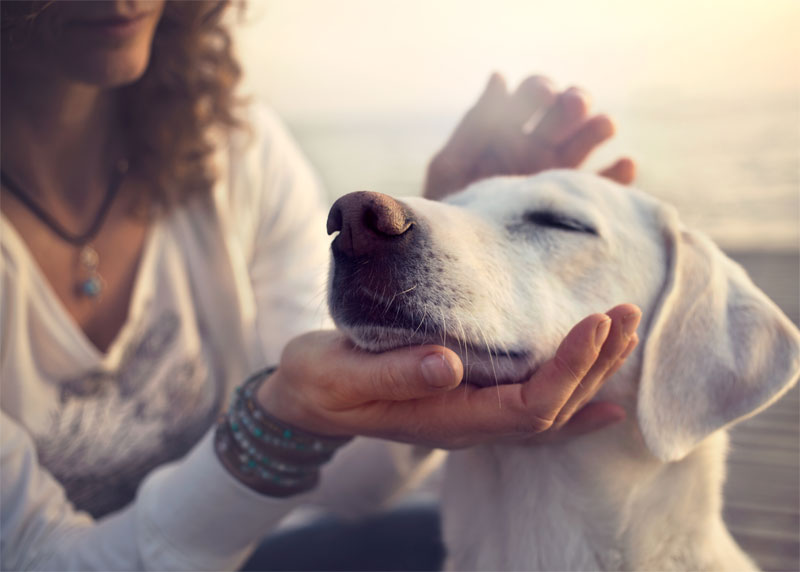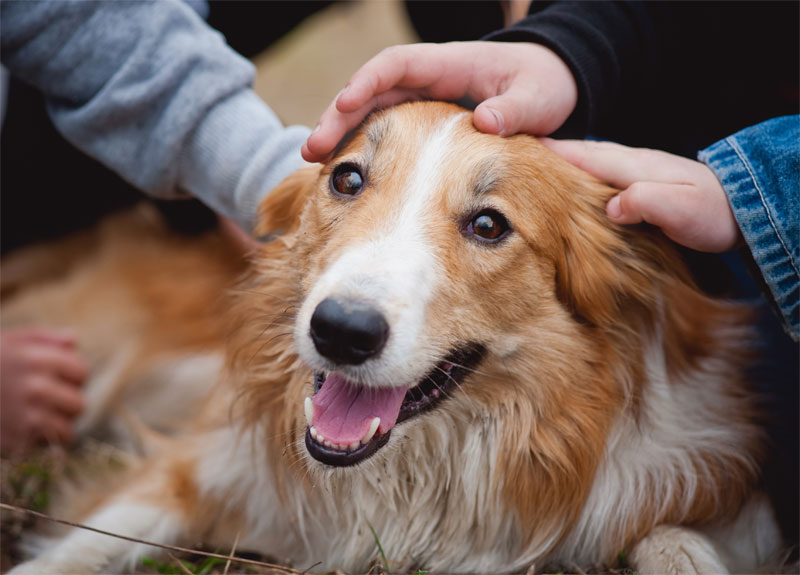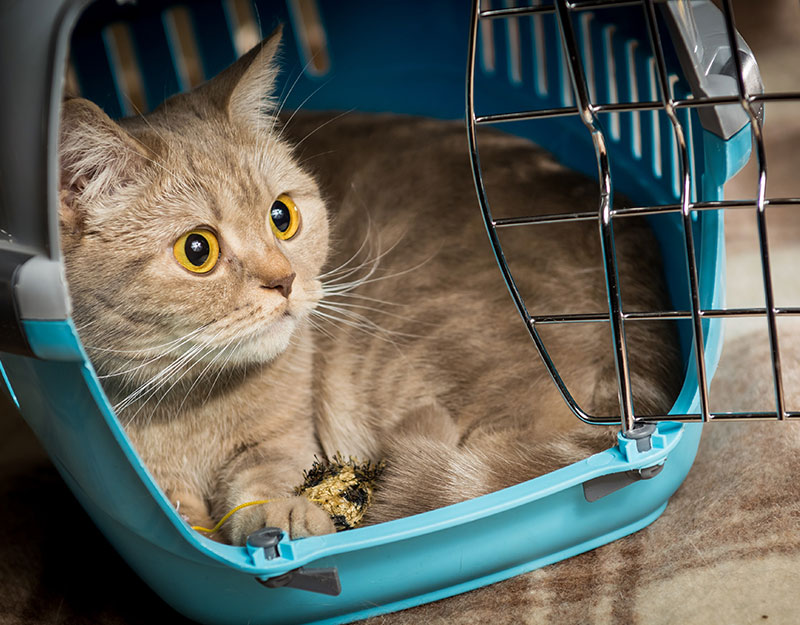Your Guide to Keeping Your Pet Safe From Ticks
When the weather warms up, it’s time to take your favorite furry friend out and about. Unfortunately, you’re not the only one who wants to get up close and personal with your dog or cat. Many insects and pests, especially ticks, love to hitch a ride on Fido’s fur. When that happens, your pet may get a tickborne disease, putting it in the hospital or potentially leading to life-threatening situations.
But how can you keep your pet safe? Let’s break down the top tips for tick prevention and mitigation for pets.

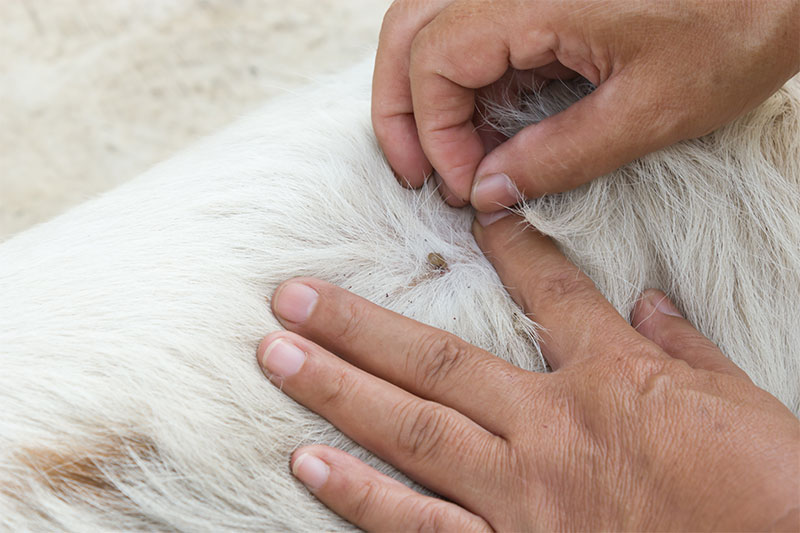
The Dangers of Ticks
Ticks can carry and transmit various harmful diseases to both humans and animals. The most well-known is Lyme disease, but depending on where you live, you likely have to worry about several more, like Rocky Mountain Spotted Fever.
The primary issue with tickborne diseases is that vaccines or treatments don’t exist for pets. So, your furry friend will have to suffer through the worst symptoms while you watch, helpless to do anything.
Another issue is that it can be hard to spot ticks and tick bites on your pet because of all its fur. You also can’t rely on your dog or cat to notify you when they’re not okay since they may not feel the tick either. So, you could wind up with a sick pet with no prior warning.
How to Protect Your Pet
There are several protective options to keep your pet safe, such as:
- Use Medications - You can talk with your vet about different topical ointments or oral medications that may kill ticks on contact or prevent their diseases. Although many tickborne illnesses don't have vaccines or treatments, you can protect against those that do. When using a topical treatment, check the instructions, so you never miss a dose. Otherwise, ticks can hitch a ride easily.
- Tick-Proof Your Yard - The best tick prevention is to eliminate them from your property. You can use tick-based pest control solutions around your house so that there are fewer insects to latch onto your pet. Start these treatments before tick season and continue them during the off-season as well.
- Inspect Your Pet - Another excellent way to prevent ticks is to check your pet regularly. Ideally, you can inspect their body every time they come in from outside, but you should do this at least twice or three times a week if your pet is outdoors often. Ticks prefer non-furry body parts, like the ears, anus, between the toes, and the underbelly.
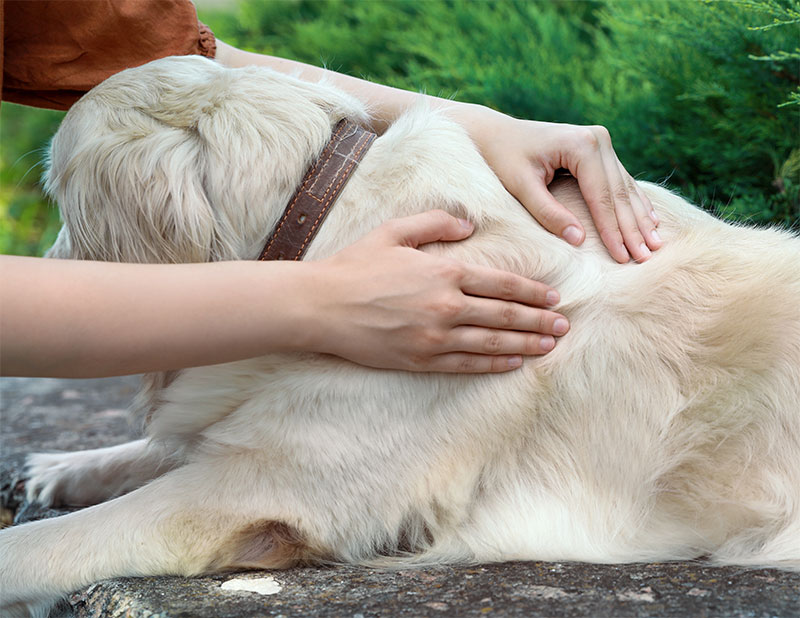

Contact Animal Wellness Center Today
Don’t wait until your pet gets sick to take action. At Animal Wellness Center, we can help you prevent tickborne diseases and keep your pet safe. Contact us today to find out more.






